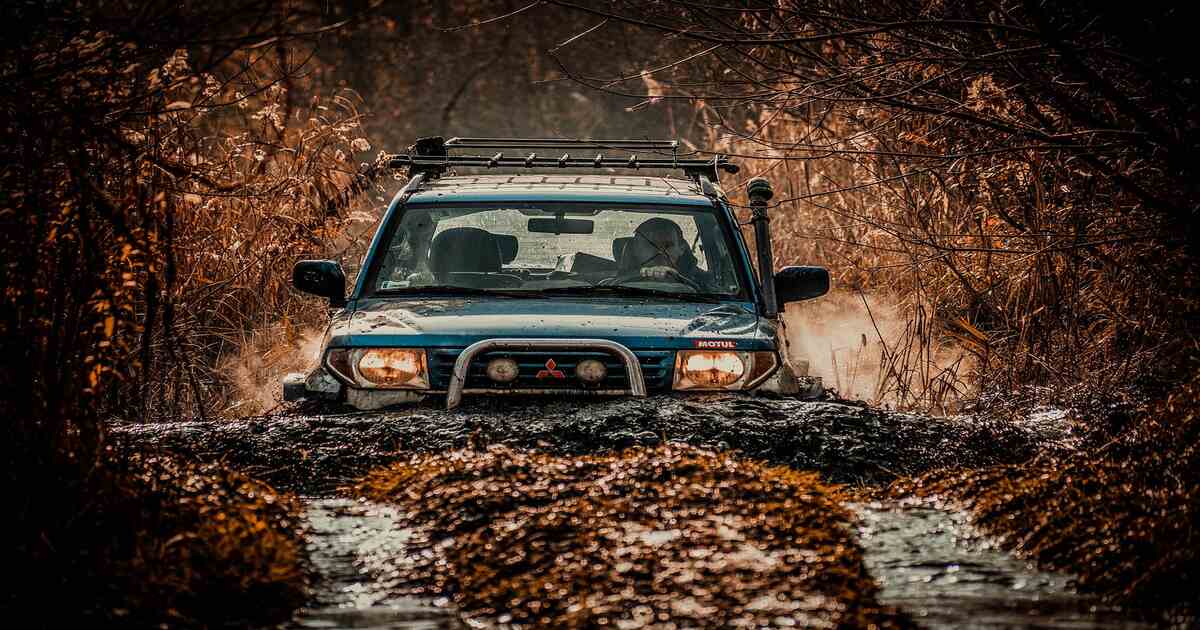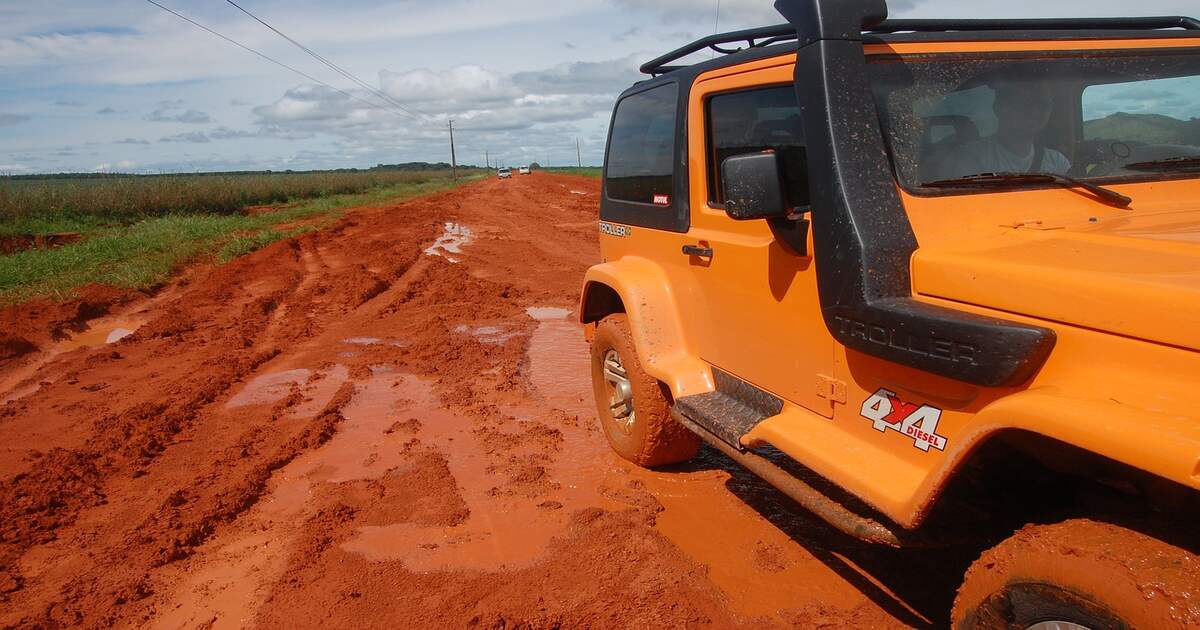- Exhaust
- Suspension
- Performance
- Towing
- Filters
- Truck
- Sale
The Importance of Regular Maintenance for Car Snorkels
Date Posted: 29 February 2024

Car snorkels are crucial components of off-road vehicles, providing protection to the engine's air intake system while traversing challenging terrains. Thus, regular maintenance for these essential parts is paramount for ensuring optimal vehicle performance and longevity.
This guide aims to emphasise the importance of incorporating regular maintenance into your vehicle care routine and the steps you can take to make sure your snorkel system is functioning as it should. So let’s dive right in.
A Quick Overview of Car Snorkels and Their Functionality
Car snorkels play a vital role in safeguarding the engine's air intake system, particularly in off-road environments where water crossings and dusty conditions are prevalent. They typically consist of several key components, including the snorkel itself, an intake head or air ram, tubing, and various fittings. These components work in tandem to ensure a steady supply of clean, debris-free air to the engine, even in the most challenging conditions.
The primary function of a car snorkel is to raise the vehicle's air intake point, minimising the risk of water ingress during water crossings. When submerged, the elevated intake head creates a barrier, preventing water from entering the engine and causing damage. Additionally, the snorkel's design incorporates features such as air rams or intake heads, which help to direct airflow while filtering out debris and contaminants.
The Role of Regular Snorkel Maintenance

As with every other system, ensuring the optimal performance of car snorkels requires regular maintenance to address wear and tear, prevent damage, and maintain functionality. Routine maintenance can prolong the lifespan of your snorkel system and avoid costly repairs, and ultimately ensure the proper functioning of your car.
Neglecting maintenance can lead to decreased engine performance, unnecessary wear and tear on components, and potentially costly repairs. Addressing minor issues early on and maintaining proper functionality helps you avoid more significant problems that may arise from improper care. Additionally, regular maintenance can help identify worn-out components that require replacement, preventing unexpected breakdowns and ensuring the vehicle remains reliable in off-road settings.
Now, let’s talk about the steps of regular snorkel system maintenance.
1. Routine Inspection and Cleaning
The first step is regular inspection and cleaning. By conducting visual inspections and cleaning procedures, you can identify and address issues before they escalate, ensuring the snorkel system remains in top condition. During routine inspections, visually inspect all components of the snorkel system for signs of damage, wear, or deterioration.
This includes the snorkel itself, tubing, intake head or air ram, mounting brackets, and seals or gaskets. Any cracks, breaks, or deformities should be addressed promptly to prevent further damage and ensure proper functionality. In addition to visual inspections, regularly clean the snorkel system to remove dust, debris, and other contaminants that may accumulate over time.
This includes cleaning the intake head or air ram, tubing, and filters to ensure unobstructed airflow to the engine. By keeping the snorkel system clean and free of debris, the optimal performance of the snorkel system is maintained and the lifespan of the entire vehicle is prolonged.
2. Verifying Sealing Integrity
Step 2 is verifying sealing integrity. Maintaining proper sealing integrity is crucial for ensuring the effectiveness of car snorkels in protecting the engine's air intake system. This step can prevent water and dust ingress and maintain optimal performance in challenging off-road conditions - ensuring water and dust resistance is essential for protecting the engine's air intake system from damage during water crossings and dusty environments.
The seals and gaskets of the snorkel system should be inspected for signs of wear, deterioration, or damage. Any issues with sealing integrity need to be addressed promptly. In addition to inspecting seals and gaskets, you should also inspect snorkel fittings and connections for signs of wear, corrosion, or damage. Any issues with fittings or connections should also be addressed promptly to ensure proper sealing and prevent leaks.
3. Lubrication and Corrosion Prevention
Proper lubrication and corrosion prevention is the third step for maintaining the functionality and longevity of car snorkels. By lubricating moving parts and preventing rust and corrosion on metal components, you can ensure smooth operation and optimal performance. Lubricating moving parts prevents friction and wear, particularly in off-road environments where dust, dirt, and debris are prevalent.
Parts such as hinges, brackets, and mounting hardware should be lubricated to prevent premature wear and tear. As a side note, you should use lubricants specifically designed for automotive applications to ensure compatibility and effectiveness. Preventing rust and corrosion is crucial for maintaining the structural integrity and functionality of car snorkels.
Assessing Snorkel System Performance
Another way to identify issues is to monitor the performance of the snorkel system. By assessing snorkel system performance and conducting airflow tests, you can detect potential problems early on and address them. Monitoring engine air intake quality is crucial for ensuring the effectiveness of the snorkel system in filtering out contaminants and providing clean air to the engine.
Monitor engine performance indicators such as fuel efficiency, power output, and exhaust emissions to detect any issues with the air intake system. Pay attention to signs such as reduced hesitation or stumbling during acceleration or unusual noises coming from the engine bay. Any abnormalities should be investigated to determine the cause.
Conducting airflow tests can help you assess the efficiency of the snorkel system in providing clean, debris-free air to the engine. By measuring airflow rates and comparing them to established benchmarks, you can determine if the snorkel system is performing optimally or if there are any restrictions or obstructions affecting airflow.
Maintenance Schedule and Frequency
When it comes to maintenance frequency, there is no set rule. What is important is to establish a maintenance schedule to ensure the ongoing functionality and longevity of car snorkels. Factors affecting maintenance frequency include the frequency and severity of off-road driving, environmental conditions such as dust, dirt, and water exposure, and the age and condition of the vehicle and its components.
Weigh these factors when determining how often to perform maintenance tasks and adjust the maintenance schedule accordingly. Develop a maintenance plan that outlines the specific tasks to be performed, the frequency of maintenance, and any special considerations or requirements. By following a personalised maintenance plan, you can ensure that your snorkel systems receive the care and attention needed to remain in top condition.
Replacing Worn-Out Components

The final piece of the puzzle is knowing when to replace worn-out components. By identifying signs of wear and deterioration and replacing worn-out components promptly, you can ensure that their snorkel systems remain in top condition and provide reliable performance in challenging off-road conditions.
As we have mentioned previously, inspect snorkel components for signs of wear, damage, or deterioration, such as cracks, breaks, or deformities. Any worn-out components should be replaced promptly to prevent further damage and ensure proper functionality. Moreover, upgrading and enhancing snorkel components with aftermarket parts can also improve performance and reliability.
You may consider upgrading components such as filters, seals, and gaskets. By investing in quality replacement parts and upgrades, you can not only ensure that the snorkel systems remain in top condition but even improve the performance of the system. OEM or high-quality aftermarket parts are recommended when replacing worn-out components to ensure compatibility and effectiveness.
Final Tips: The Importance of Professional Inspection
Finally, don’t shy away from seeking professional inspection and evaluation. Professional technicians have the knowledge, experience, and expertise to identify issues that may not be apparent during routine inspections and maintenance. By consulting with experts, you can ensure that your snorkel systems remain in the best condition possible.
Technicians have access to diagnostic tools such as pressure gauges, airflow metres, and diagnostic scanners to measure performance parameters and detect any abnormalities or issues. If nothing else, professional maintenance services can provide you with peace of mind knowing that your snorkel system is in top condition.
Upgrading Your Snorkel System
If in the course of regular inspection and maintenance you find that you need to replace some components or simply wish to improve the performance, you should always look for an authorised dealer that sells high-quality aftermarket upgrades. And that is precisely what Perform-Ex Automotive offers.
We have been supplying Australians with performance parts since 1976 and take pride in providing the best possible service to our customers. Take a look at our collection of performance snorkels and find the one that suits your vehicle. Simply place your order online and we will deliver the part right to your address. In case you have questions about our policies or about the intricacies of specific parts, feel free to contact us - we’ll gladly help you in any way we can!
Leave a comment











